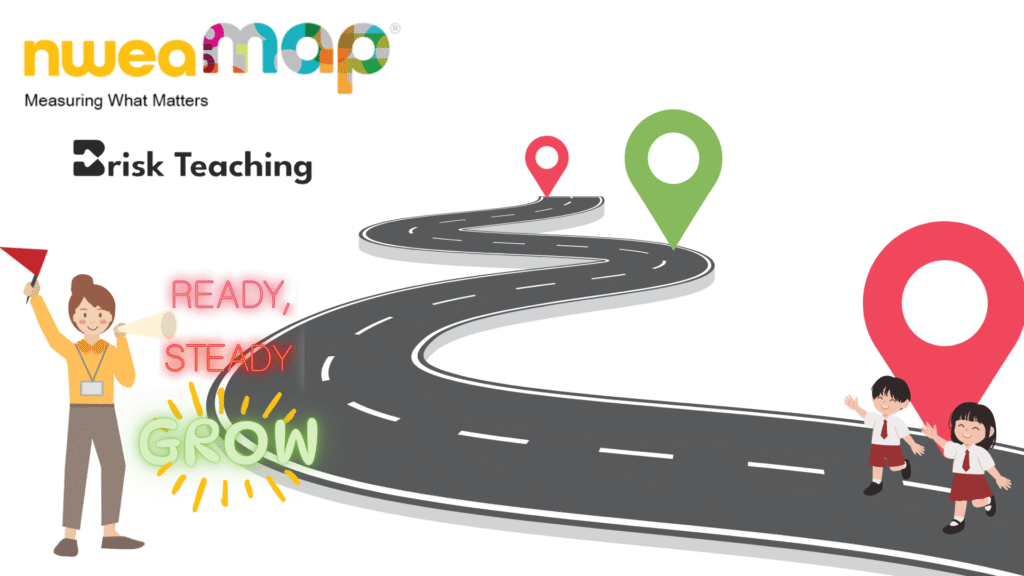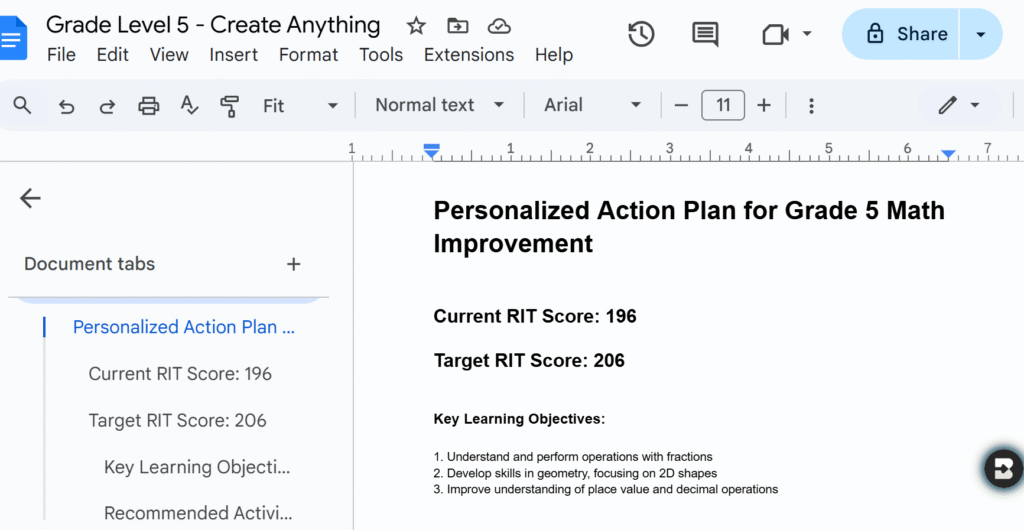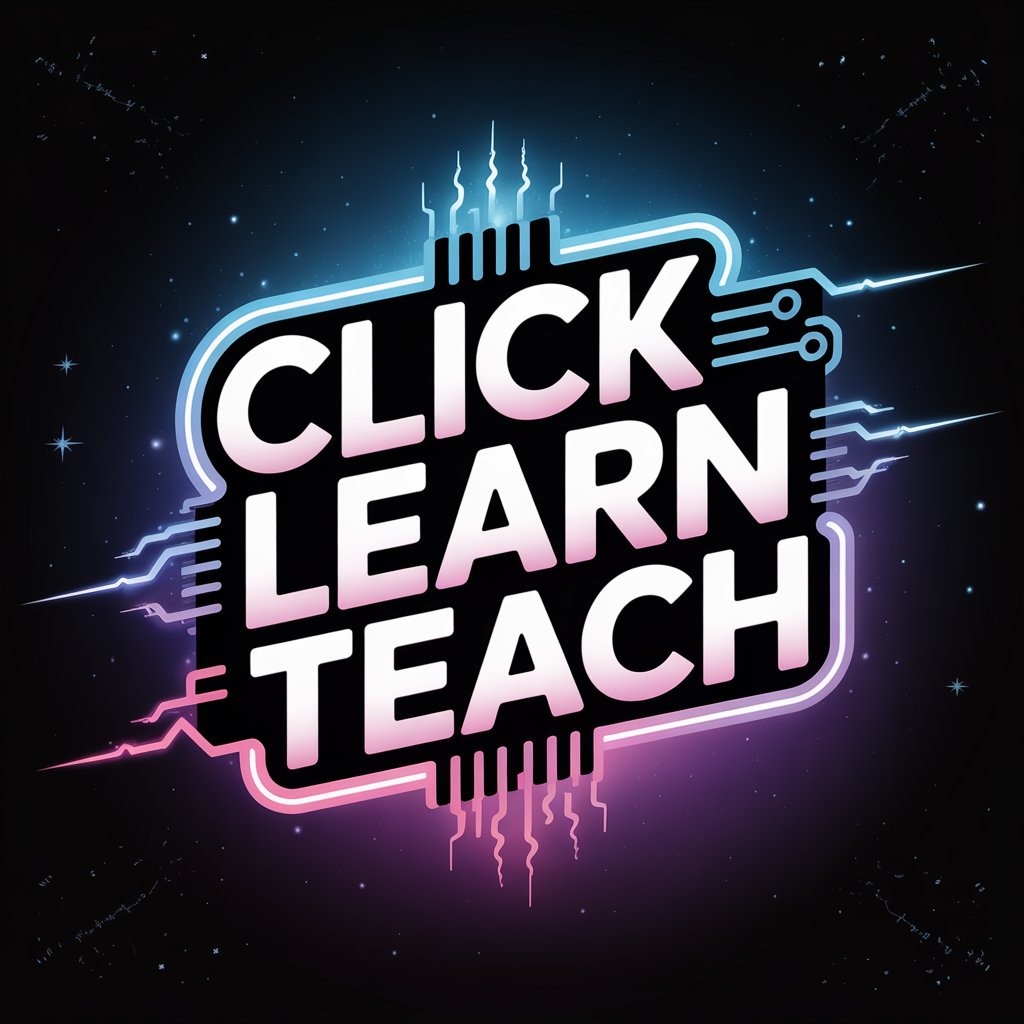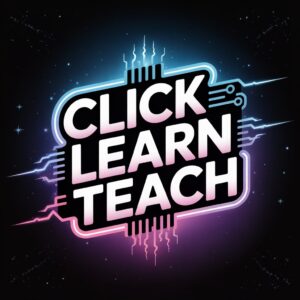
Combining MAP testing insights with Brisk’s personalized plans helps students steadily grow and reach their projection goals.
From classroom teachers to school leaders, we all share a mission: to meet each student where they are and help them grow to their fullest potential. One powerful tool in this work is MAP testing, which provides essential insights into student learning progress. But data alone isn’t enough, it’s what we do with that information that makes the difference. That’s where Brisk, an AI teaching tool, steps in to help create personalized learning plans tailored to every learner’s needs and goals.
Understanding MAP Testing and Its Importance
MAP (Measures of Academic Progress) testing is a formative assessment administered three times a year in many schools. Unlike traditional tests, MAP adapts in difficulty based on student responses, offering a personalized snapshot of each learner’s current level.
The results are reported using RIT scores, which stand for Rasch Units. A RIT score works like a ruler: each point always represents the same amount of growth, no matter if a student is in Grade 2 or Grade 8. This makes it easier to see exactly how much progress a student has made over time, even as the material becomes more advanced.
MAP also provides growth projections, estimating how much progress a student is likely to make by the next testing window. Teachers can use these projections to monitor progress and plan instruction proactively.
Administering MAP tests three times a year offers crucial checkpoints to adjust instruction and ensure every learner stays on track.
Turning MAP Data into Action and the Realities Teachers Face
While MAP testing offers valuable data, its real power lies in turning those insights into practical strategies for each learner. But creating effective, customized learning plans doesn’t happen in isolation. And let’s be real, it often falls on teachers’ shoulders.
In many schools, when test scores are lower than expected, teachers are the first to face the questions: Why? What did you do to help? Show me your action plan. What interventions are in place?
This constant pressure to design and document individualized support, while also delivering daily instruction, is an enormous responsibility. Many educators struggle to find the time and resources to transform data into targeted, differentiated instruction that closes gaps and builds confidence.
That’s where using a tool like Brisk can make a real difference. Even in its free version, Brisk acts as a concrete roadmap for teachers. By simply entering MAP results and goals, it generates clear, personalized plans that include targeted resources, engaging activities, and practical strategies. This helps guide both educators and learners on a customized journey toward achieving their MAP projection goals.
✅ 📊 Real Example: A Grade 5 MAP Report and Personalized Plan
Below is an example of a Grade 5 student’s MAP Math results and the personalized learning plan generated in Brisk. This illustrates how assessment data can be transformed into clear, practical guidance.

MAP Test Report for a Grade 5 Student

Brisk Personalized Plan
Example Prompt to Use with Brisk
The following prompt shows how you can ask Brisk to generate a clear, actionable plan tailored to specific student data, making personalized instruction accessible and efficient:
“Create a personalized action plan for a Grade 5 student with a MAP Math RIT score of 196, aiming to reach a target RIT of 206 by the next testing period. Align objectives to Common Core Grade 5 Math Standards. Include at least three key learning objectives, recommended activities, printable worksheets, and 5–7 essential math vocabulary words with simple definitions appropriate to this level.”
🎥 See It in Action: How It Works Video Guide
The Impact of MAP Testing and Brisk on Student Growth
Using MAP testing alongside AI tools like Brisk empowers educators to measure, plan, and grow student learning effectively. Working this way makes instruction more focused, progress easier to see, and every learner’s potential within reach.
With the right usage and guidance, every educator can turn assessment results into clear actions that help each student learn and reach their full potential.
Have you ever tried using Brisk to plan for your students’ success in any standardized tests like MAP, SAT, or ACT? I’d love to hear how it worked for you.
Enjoyed this article? Follow me on Instagram and YouTube for more, and connect with me on LinkedIn to stay updated. Thanks for your support! And to explore effective ways to meet every student’s needs, take a look at my previous article on differentiating lessons.


